Dan Eddy is the author of King Richard: The Story of Dick Reynolds, as well as Skills of Australian Football. He is the co-author of Champions: Conversations with Great Players & Coaches of Australian Football, and The Will to Fly. Eddy is a current PhD scholarship recipient (Federation University), whose project will examine the career of AFL Legend Alex Jesaulenko, and this article is an extract from his upcoming book, 'Always Striving': The Moments That Have Made the Essendon Football Club.
It was a day to remember, 24 September 1898, the day of the first ever VFL Grand Final, which would determine the premier team for the second season of the newly formed Victorian Football League.
It was the first VFL Grand Final because in the previous year, the League’s first season, a round-robin finals format was used which saw the top four teams after the home and away season play each other once to determine the premier side. But the League, unhappy with this format, opted to split the teams into two sections. When all was said and done, reigning premier Essendon would meet Fitzroy at St Kilda’s Junction Oval.
The Argus newspaper on the big day described the ground as being in ‘first-rate condition’ and 16,538 people were on hand to witness history under ‘bright sunshine’ with but the slightest of sea breezes drifting in off Port Phillip Bay.
How exciting it must have been for Essendon’s the 23-year-old full forward Charles Moore, who not only led the club’s goal-kicking in that season with 19 goals, but was celebrating his birthday on Grand Final day. An Essendon premiership would be the best present imaginable.
Exciting too for Fitzroy’s 26-year-old Stanley Reid; the Grand Final would be his final game for Fitzroy, before a planned move to Boulder, Western Australia, where he was to become the first minister of St George’s Presbyterian Church. His team, ‘judging by the cheers’ reported in the newspaper, were favourites to win.
As expected, Fitzroy started well and led by 11 points at quarter-time, however, the red and black had made a gallant fight.’ Moore and his fellow forwards were well held by the Maroons’ defence, with Ned Officer forced to stand firm in defence in the face of Fitzroy’s early onslaught, particularly from the Grace brothers – Mick and Jim – who were proving a headache for the Same Olds. While Essendon was well served by champions Charles ‘Tracker’ Forbes and Hugh Gavin in the second quarter, it was Fitzroy’s greater team play that helped it to maintain a 10-point half-time lead. The rugged competitiveness of their half back Reid had been important for his side, while Moore had kicked Essendon’s third goal, his 20th for the season.
In the third quarter, The Argus wrote that ‘Fitzroy were fairly alarmed by the dash and skill with which their rivals came at them.’ Essendon ‘spread their formation’ and passed to each other ’with some of the cleverness that made them so formidable in the first half of the season.’
Leading by 16 points at the final break, Fitzroy’s plan was to stop their opponent scoring, playing ‘out for the boundary rather boldly than up the ground.’ Their tactic worked and in the last few minutes it was ‘obvious that Fitzroy must win.’ The final margin of 15 points: 5.8 (38) to 3.5 (23), gave Fitzroy its first League flag. As Charles Moore and Stan Reid shook hands at the end of the match neither man could have known that within three years they would both be dead.
Having enlisted in the Imperial Bushman’s Unit, Moore was one of 31 officers who departed Australia on 1 May 1900 to serve his country on South African shores during the Boer War.
According to Barb Cullen in Harder Than Football: League Players at War, Moore had ‘many lively encounters with the Boers during his year of service, but his luck finally ran out when, in a battle following a reconnaissance patrol, he was hit in the waist by a bullet passing through the body of his dead horse, which had been shot out from under him.’ He died from his wounds that night, 12 May 1901.
Charles Moore became the first VFL player to be killed in any war.
Just days later, Lieutenant Reid, of the Second West Australian Contingent, was shot in the stomach during an encounter with the Boers but courageously remained with his men which earned him a ‘Mention in Dispatches by Lord Kitchener.’ Recovering from his wounds, Reid returned to fighting where he was again shot in the stomach, this time fatally, on 29 June 1901. He died 48 days after Charles Moore.
Charles Moore and Stanley Reid are the only two League footballers to die fighting in the Boer War.
A drinking fountain in Albert Park’s St Vincent Gardens was erected in Moore’s honour; he had lived in a nearby street, and there are also memorials in Ballarat and at the Albert Park State School where was a student.
Stan Reid is also remembered on a war memorial in Ballarat, at Scotch College where he was a star athlete and also at Ormond College at Melbourne University.
Over the next few weeks essendonfc.com.au will be publishing more extracts from Dan Eddy's upcoming book, 'Always Striving': The Moments That Have Made the Essendon Football Club.



